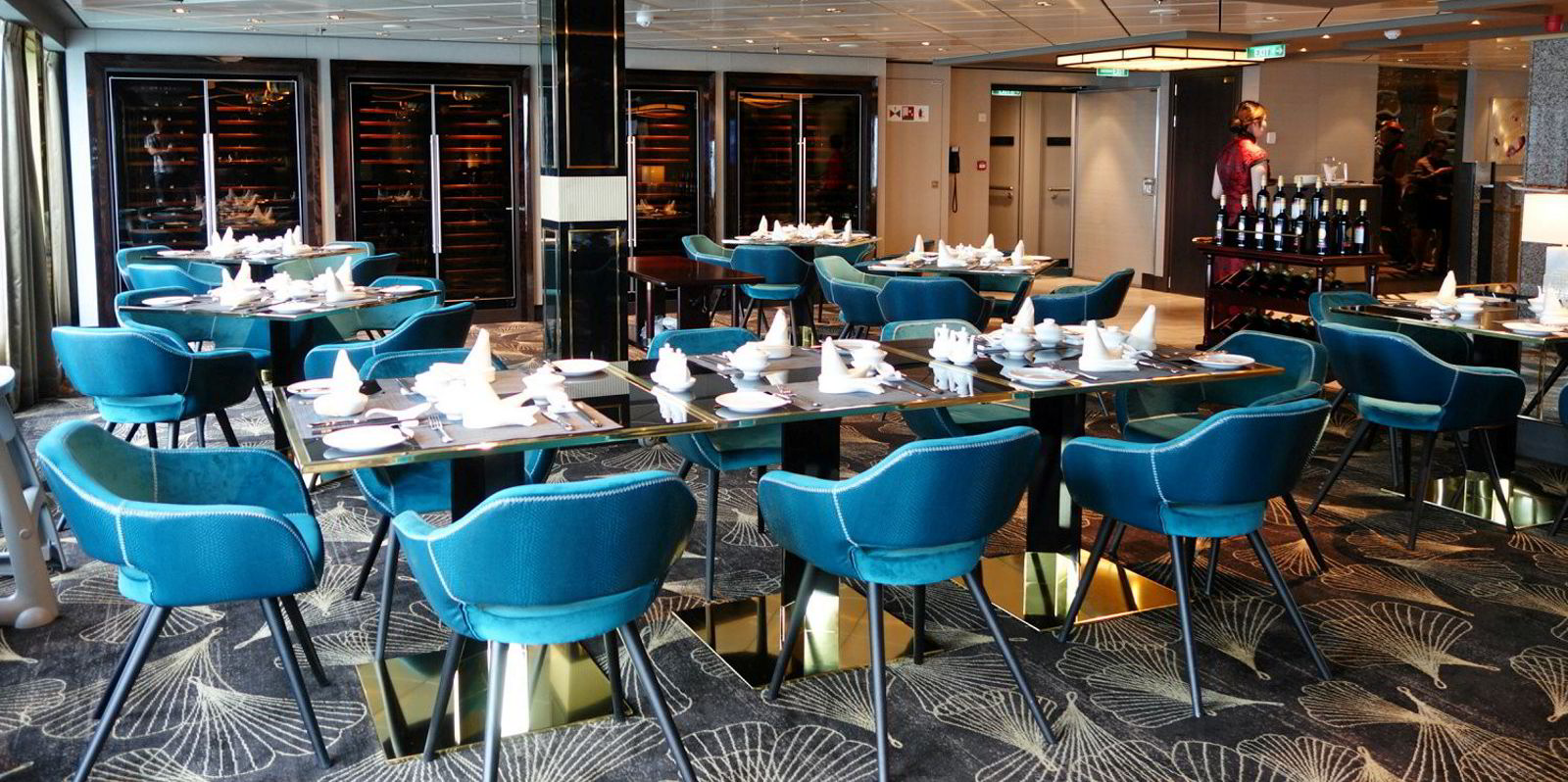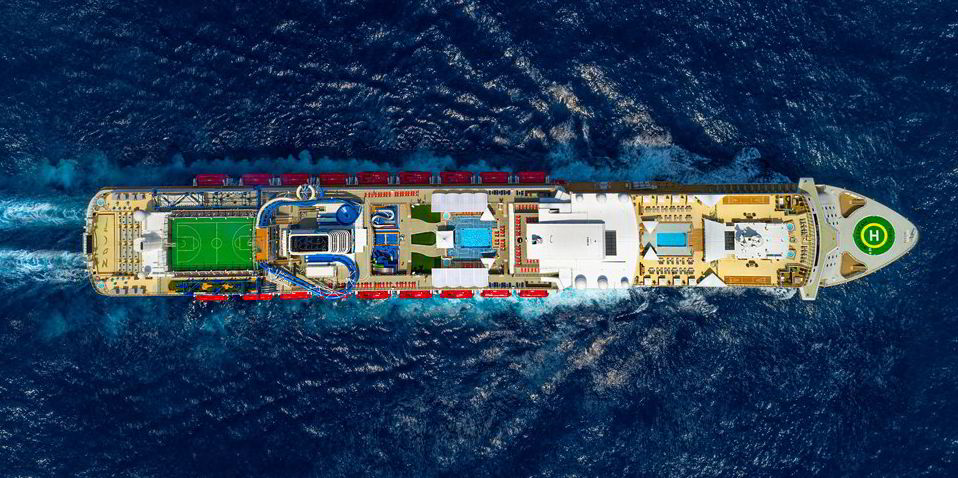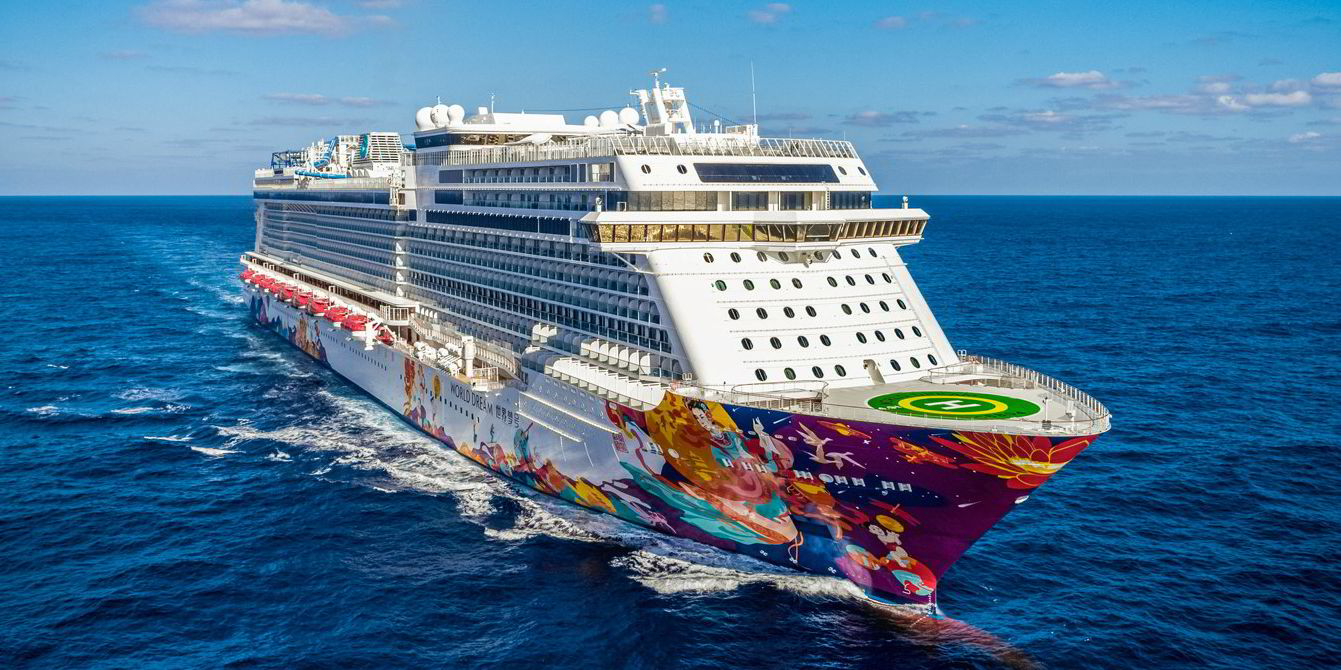Placing a market value on an ultra-large modern cruise ship already in service is a challenge, but details that have recently emerged on the auction outcome of Genting Hong Kong’s 150,700-gt World Dream (built 2017) shed some light on how the asset values for this category of ship have plummeted.
TradeWinds reported in early March that industry newcomer Cruise Saudi had emerged as the victor in the protracted aftermath that followed the ship’s auction in Singapore last December.
While no details on the price the Saudi Arabian company paid for the ship were available then, a notice posted in the Singapore Government Gazette states that the buyer paid the amount of $330m on 24 February.
That amount may seem large compared to other recent cruise ship sales, but it should be noted that the many sales and purchase deals involving cruise ships since the onset of Covid-19 three years ago involved older ships that the cruise majors, such as Carnival Corp and Royal Caribbean, were happy to let go of at or slightly above their scrap value as they sought to drastically prune their fleets.
The World Dream is a completely different scenario. No other cruise ships of its size and age have so far been involved in any sale and purchase deal, let alone an auction sale.
The big cruise ships are usually ordered as newbuildings by the cruise majors, who filter them down through their various brands over a period of decades.
When they are sold, they are usually well past the age of 20.
The closest comparison would be the sale of the World Dream’s identical sister ship, the 150,700-gt Genting Dream (built 2016), which Genting sold to a consortium of Chinese banks for $700m in a sale and leaseback deal back in January 2020.
Both ships were reported to have cost $960m each when first ordered at German shipbuilder Meyer Werft.
In the World Dream’s case, it means that its market value has plummeted by a whopping 65% in as little as five years.
Valuation conundrum

The market value of any cruise ship is determined by its earnings potential, and right now, in the immediate aftermath of the pandemic, that is not very high because the cruise lines have been forced to offer deep discounts to encourage the punters back on board.
Income per berth, the criteria by which a cruise ship’s earnings is judged, remains very low.
But a cruise ship is also a complicated beast that makes it much harder to peg a general market value on as compared to a run-of-the-mill bulker or a tanker.
The bespoke design of an individual cruise ship and the cost of the refurbishment or complete rebuilding that a buyer will have to put it through also play a major role in determining its sale price.
Some industry observers viewed the World Dream negatively prior to it being put on the auction block, claiming it was designed specifically for the Asian market and would, therefore, require extensive and expensive modifications if it were to be used in any role elsewhere.
However, former Genting technical sources more familiar with the ship’s design dismissed these criticisms, telling TradeWinds that the ship was a modified version of a Norwegian Cruise Line Project Breakaway-class vessel, albeit with more powerful engines and accommodation for a slightly larger crew.
Cruise Saudi, who have renamed the ship Manara, will want to repurpose its expansive casino areas into something else, and perhaps change some of the Asian-inspired art, but otherwise the ship is not really very different to any other ultra-large modern cruise ship.
Cruise brokers say that the value of a cruise ship ultimately comes down to a willing seller and willing buyer.
And in this case there were not too many willing buyers coming forth.
The Sheriff of Singapore’s office did not reveal how many bids were received by the time the sealed-tender auction closed on 23 December, but TradeWinds understands they were few in number.
Some cruise industry media reported at the time that only one bid was submitted.
Brokers and other industry sources who followed the auction process claim that none of the cruise majors showed any serious interest in the auction — they all took on high levels of debt to ride out the pandemic and, still struggling with losses, are not interested in taking on more.






